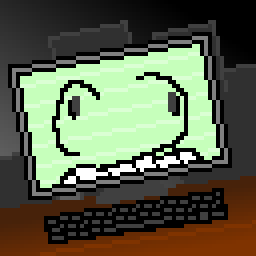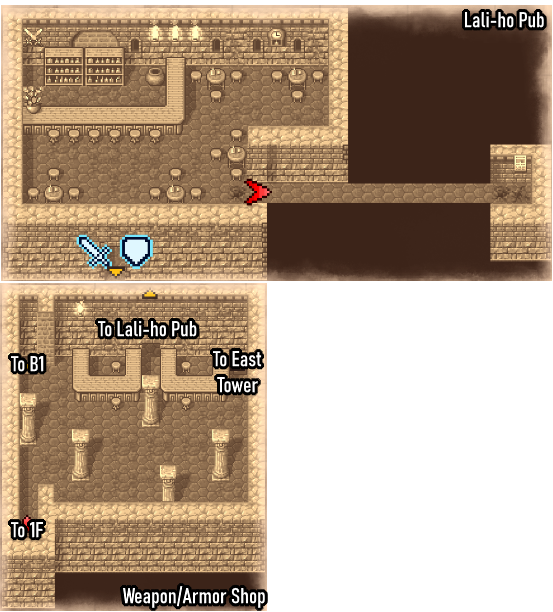It’s almost time! Tomorrow, June 26, begins SGDQ for 2022, the popular speedrunning marathon, this year benefiting Doctors Without Borders. Their other yearly marathon AGDQ back in January earned 3.4 million dollars, can they top it this time? After two years of remote speedruns, this year it will once again be held in person, with a live audience.
Here is their schedule, and from it, here are some highlights of particular interest to our topic categories of indie, retro, and niche games. Times are given in US Eastern/Pacific, dates by midnight Eastern time.
What to look for? Any games you particularly like, or want to see obliterated, of course. Anything that sounds like it might be a romhack will usually be a good time. Races are fun. Randomizers provide an entirely different kind of challenge to a speedrunning mindset. RPGs and Pokemon games often require some non-intuitive decision-making. Very weird games, of course. New games provide a chance to see people deal with something that’s not been exhaustively demolished, and it’s also cool to see what has been discovered in the short time since its release. And any obscure or rare games you happen to know of.
There are far too many interesting things in the list to call them all out, so, here are three arbitrarily-chosen items to watch for each day:
Sunday, June 26
12:30 PM/9:30 AM: Pre-Show
1:00 PM/10:00 AM: Shadow of the Colossus, PS4, NTA Boss Rush RANDOM
6:58 PM/3:58 PM: Kirby and the Forgotten Land, Switch, Any%
10:10 PM/7:10 PM: Spyro the Dragon, PS, 120%
Monday, June 27
6:41 AM/3:41 AM: Blaster Master, NES, Glitchless (US) Race
9:09 AM/6:09 AM: NiGHTS Into Dreams, Saturn, All Levels Any%
4:03 PM/1:03 PM: The Legend of Zelda: Link’s Awakening (2019), Switch, Any% Glitchless Race
Tuesday, June 28
Midnight/9:00 PM[27th]: Silent Hill 4: The Room, PC, Any%
9:14 AM/6:14 AM: Earnest Evans, Genesis, Any% (in 12 minutes)
12:02 PM/9:02 AM – 3:26 PM/12:26 PM: Mega Man Games! Powered Up, Xtreme, Wily Wars and 5
Wednesday, June 29
3:33 AM/12:33 AM: Final Fantasy IV Worlds Collide Randomizer
11:13 AM/8:13 AM: Knuckles Chaotix, 32X, Beat the Game
3:42 PM/12:42 PM: Pokemon Emerald Randomizer, GBA, Evolution Chaos Co-Op
Thursday, June 30
1:17 AM/10:17 PM[29th]: Banjo-Tooie, N64, Any%
3:43 AM/12:43 AM-8:44 AM/5:44 AM: Silly games! DEEEER Simulator, Mi Scusi, Turnip Boy Commits Tax Evasion, Jimmie Johnson’s Anything With an Engine, Gourmet Warriors, Thunder In Paradise, and Incredible Crisis!
9:08 PM/6:08 PM: Bonus Game, SOUND VOLTEX EXCEED GEAR, 1 player, PC
Friday, July 1
9:01 AM/6:01 AM: Shovel Knight Pocket Dungeon, PC, Normal Ending
4:38 PM/1:38 PM: F-Zero GX, Gamecube, Story Mode, Max Speed, Very Hard (yow!)
9:28 PM/6:28 PM: Bonus Game, The Legend of Zelda: Ocarina of Time Beta Showcase
Saturday, July 2
11:22 AM/8:22 AM: Bloodstainted: Curse of the Moon, PC, Any% Ultimate
5:36 PM/2:36 PM: Kaizo Super Metroid, SNES, Any%
8:31 PM/8:31 PM: Super Mario Maker 2 Relay Race!
Sunday, July 3
12:21 AM/9:21 PM[3rd]: Elden Ring, PC, All Remembrances + possibly as a bonus game, an Any% run







